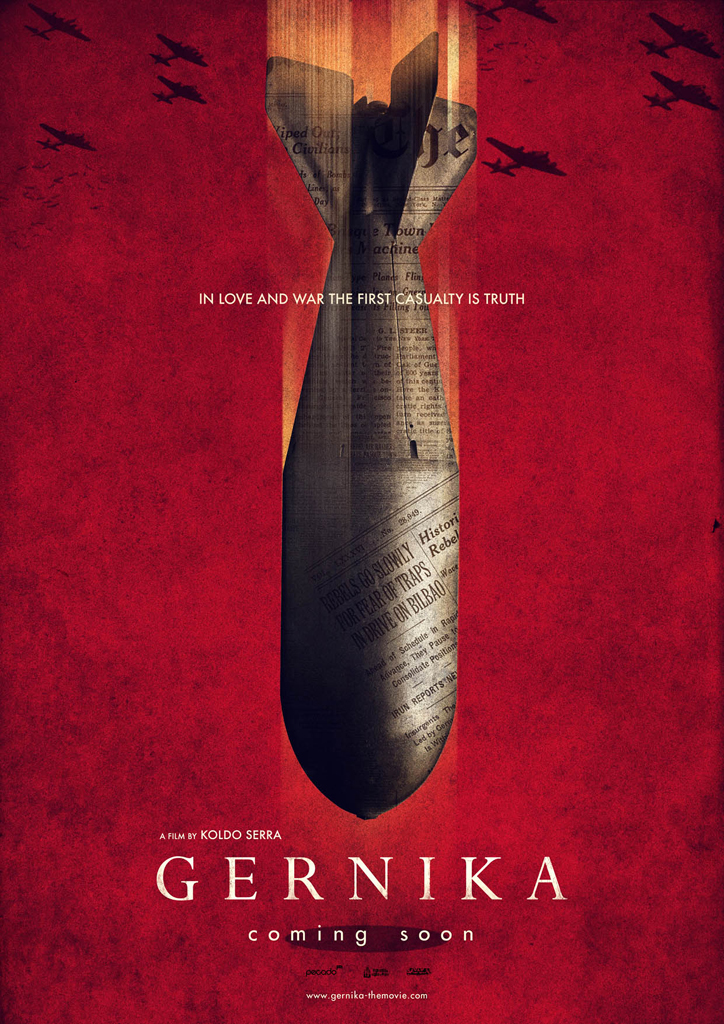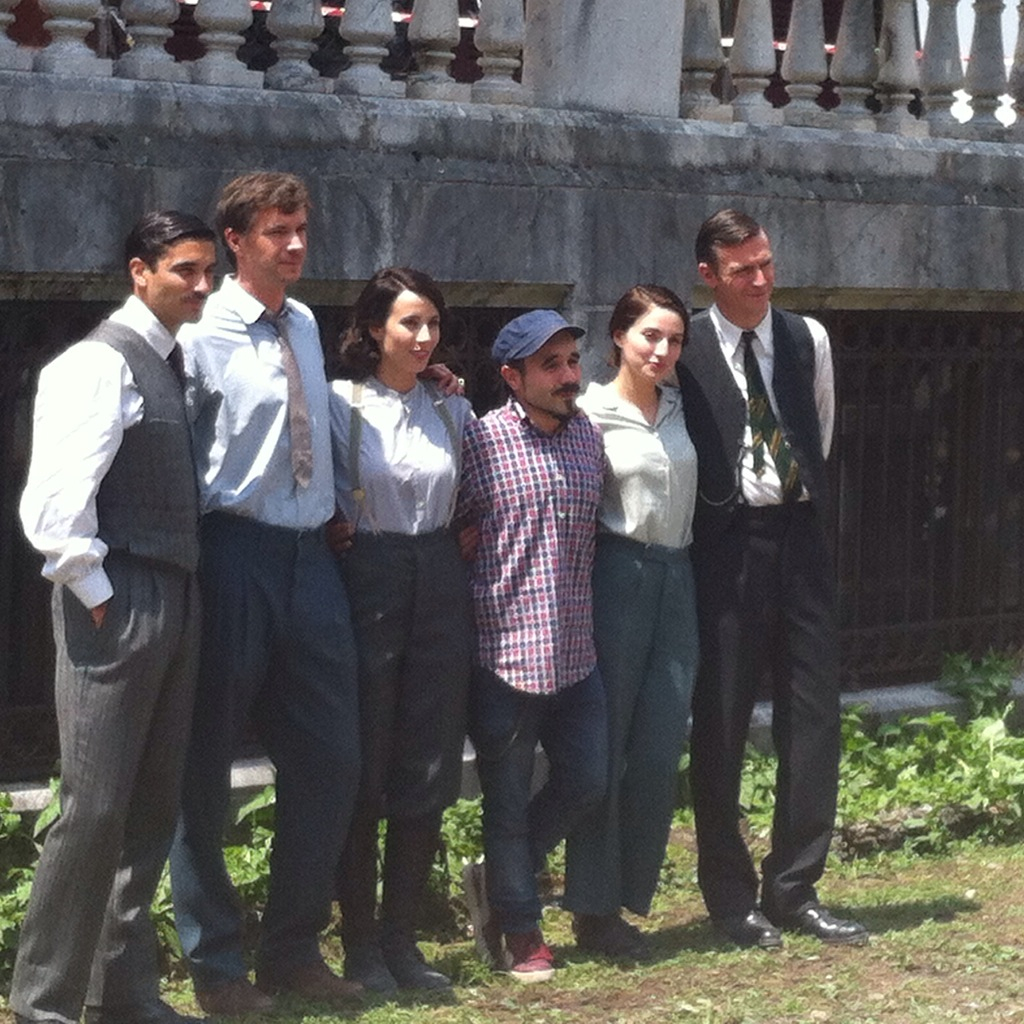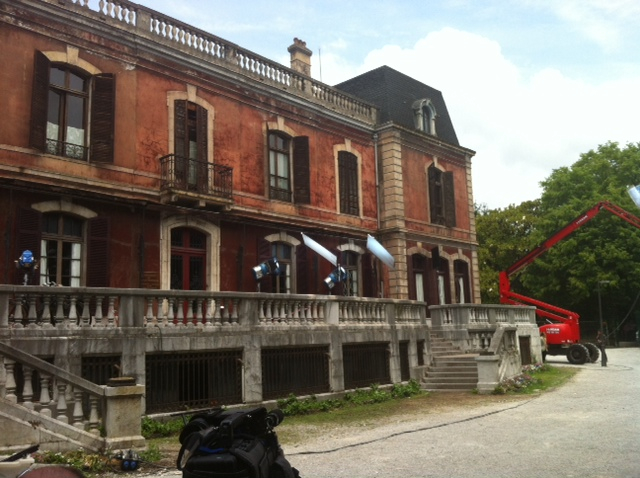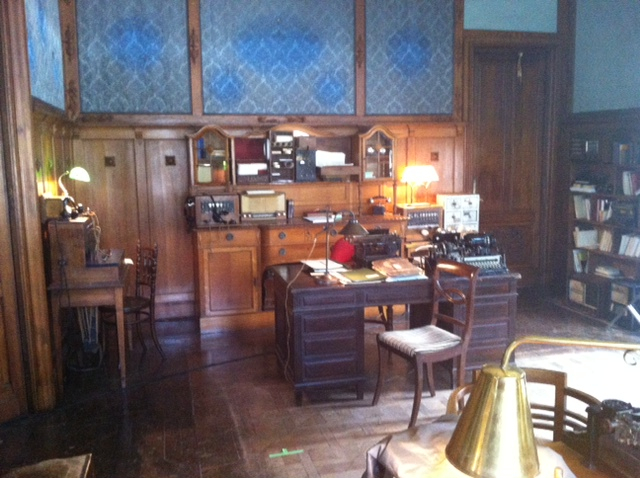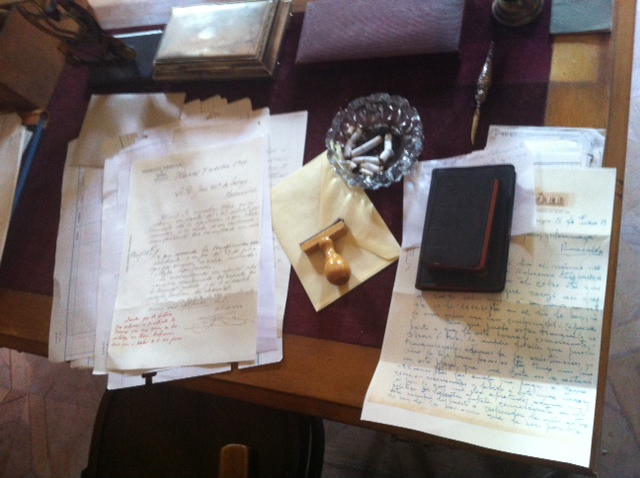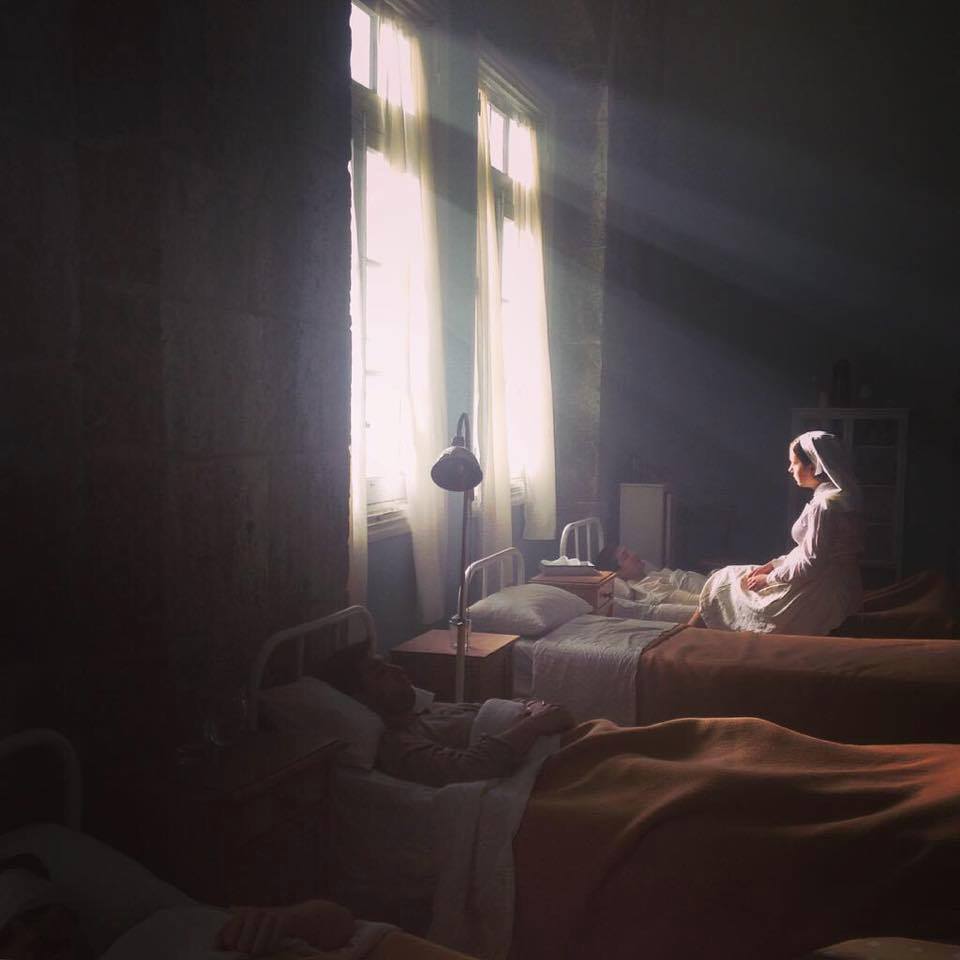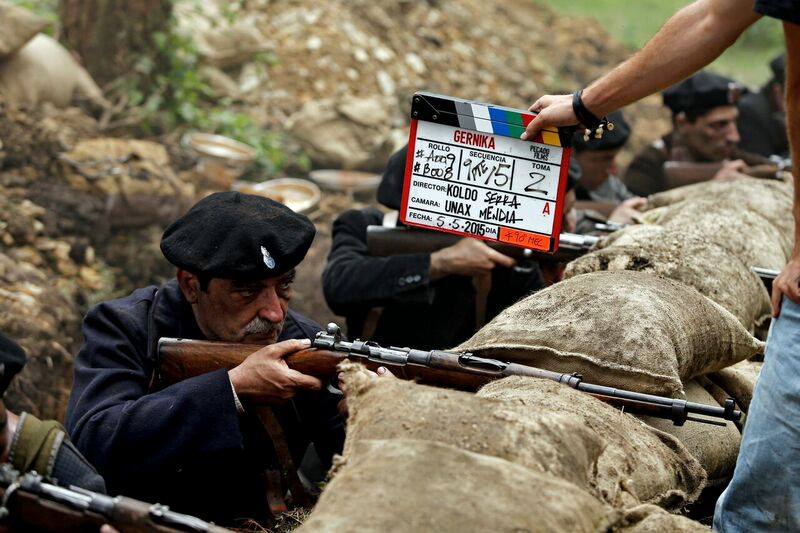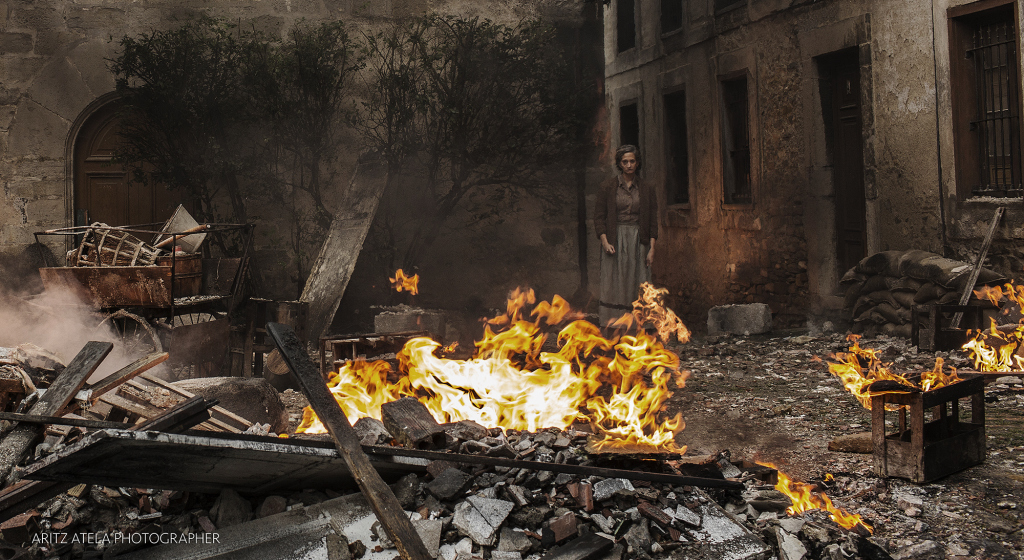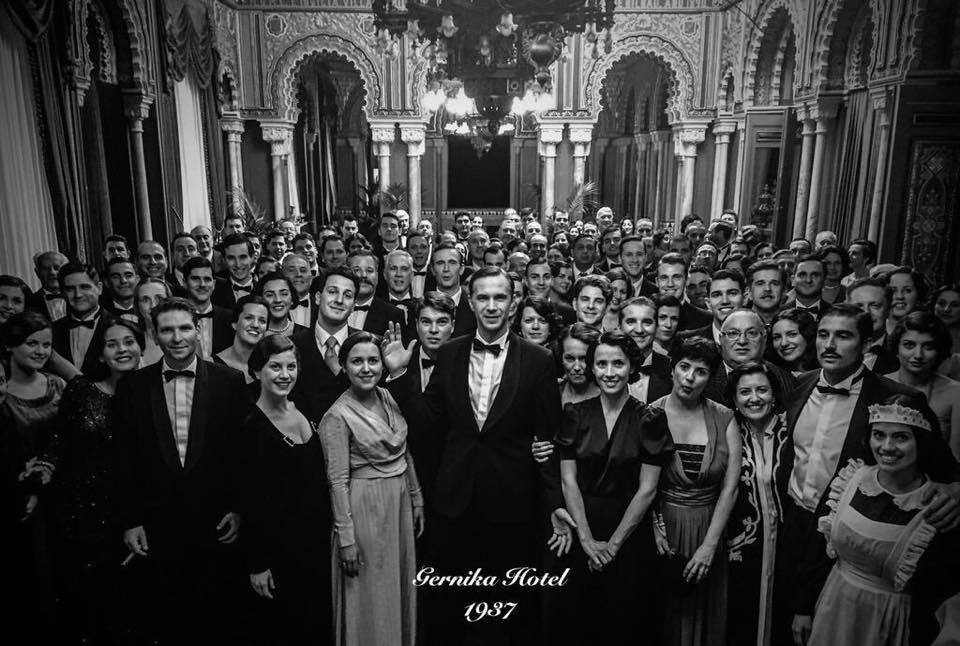GERNIKA: Behind The Scenes Of The Spanish Civil War Drama
Director Koldo Serra greets me with a plate of cookies. This is the first indication that the set of Gernika is not perhaps typical of the usual Spanish Civil War dramas.










But this isn't surprising; Serra's first feature film The Backwoods put a new spin on the traditional rural thriller. Serra's friendly and relaxed manner belies his talent for taking challenging material and making it into something unexpected, and I expect his new film will be no different. I visited the set last week in Bilbao, and was able to take some photos. The film has a Facebook page, and more photos (some of which are below, you can tell, as they are much better than mine) can be found there.











Do you feel this content is inappropriate or infringes upon your rights? Click here to report it, or see our DMCA policy.


